INTRODUCTION
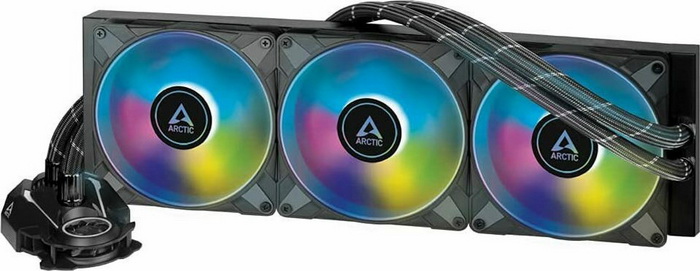
Bigger has always meant better, at least in regards to radiators and in turn cooling efficiency. Yes, a larger sized radiator (length, width and thickness) is in many cases not exactly practical but if you want the best possible cooling results this is the easiest and fastest way to achieve them (right after the type of material used, copper or aluminum, followed by the number of fans and the number of radiator channels and fins). Now as many of you are probably already aware in the PC industry the very 1st AIO models which debuted well over a decade ago featured 120mm radiators with room for a single fan or even two fans in push & pull configuration. With quad-core CPUs back then these were actually somewhat sufficient but as AMD and Intel added more cores into their CPUs AIO manufacturers slowly introduced larger (140/240/280/360mm) and improved models to keep up with the rather significant increase in temperatures. Today the largest AIO models feature 420mm radiators and one of them is the latest Liquid Freezer II A-RGB by ARCTIC which is also what today's review is all about.
ARCTIC, a leading manufacturer of low-noise PC coolers and components, initiated and continues to shape the trend towards quiet cooling systems. In addition to an extensive range of CPU/GPU coolers and fans, ARCTIC produces high-quality monitor arms and wall brackets as well as practical tech equipment. The company, headed by founder Magnus Huber, has offices in Germany, Hong Kong and the USA. It has won over PC enthusiasts in more than 45 countries with innovative and user-friendly products that are high quality and sold at fair prices. For almost 20 years, ARCTIC has stood for comfortable computing, stellar service and personal support.
The Liquid Freezer II 420 A-RGB model is the last one released by ARCTIC (the liquid freezer II A-RGB line includes 240/280/360/420mm models) and as expected it features an 38mm thick aluminum radiator (as with all the other members of that line) and three 140mm P14 fans (PWM fluid-dynamic bearing with A-RGB lighting) complete with integrated cable management (routing). Of course, it also comes ready with 450mm long braided EPDM (ethylene propylene diene monomer) tubes and an PWM pump/waterblock combo (2000RPM/copper plate) equipped with a top 3000RPM VRM 40mm fan (which indeed helps with VRM temperatures). Typically, the Liquid Freezer II 420 A-RGB is also an 4pin powered model (6.78W consumption for the entire AIO) and as for warranty just like with all the other members of that line ARCTIC covers it with a very generous 6-year limited one.
SPECIFICATIONS AND FEATURES

PACKAGING AND CONTENTS
As usual the front of the box is taken by a large product picture right next the A-RGB motherboard technology compatibility list, warranty duration and the company logo.
On the left side we find an 2D barcode which when scanned will redirect you to the product support page.
Another product picture is located on the right side of the box right over another 2D barcode.
Moving at the rear we find an 2D barcode (redirects you to the online user manual) right over the product specifications.
Along with the Liquid Freezer II 420 A-RGB and its 3 pre-mounted P14 A-RGB fans inside the box you'll also find a backplate, MX-5 thermal paste tube, 8 rubber spacers and all the necessary bits and pieces for installation on Intel LGA 1150/1151/1155/1156/1200/2011/2011-3/2066 and AMD AM3/AM3+/AM4 compatible motherboards.
THE LIQUID FREEZER II 420 A-RGB
Aside the longer and wider radiator the Liquid Freezer II 420 A-RGB looks identical to the 360 model i reviewed a while back (review here).
With its fans pre-mounted the 38mm thick radiator becomes roughly 65mm.
Typically, the company name is printed on both sides of the radiator (here you can also see how well ARCTIC has routed the fan cables from the factory).
The three P14 A-RGB 120mm fans ARTIC used with the 420 variant can reach speeds of up to 1900RPM to deliver up to 68.9CFM of airflow and 2.0mmH2O of air pressure (they also feature a combined total of 36 ARGB LEDs).
Once again ARCTIC has used nice polished aluminum fittings.
The gray and black 450mm long EPDM (ethylene propylene diene monomer) coated tubes is not something we see with other AIO models.
Forgot to mention that this radiator sports an FPI (fins per inch) count of roughly 15.
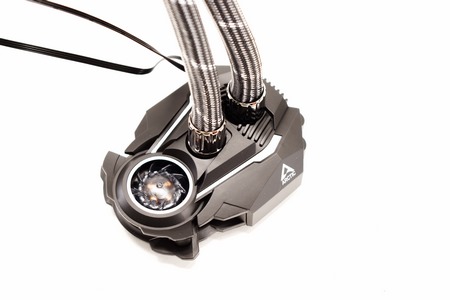
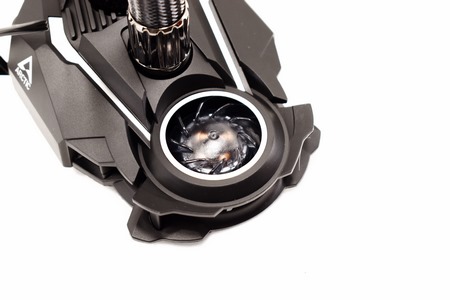 Just like with past models the tubes can't be rotated from the base while the 40mm diagonal fan located just over the pump should help with VRM temperatures.
Just like with past models the tubes can't be rotated from the base while the 40mm diagonal fan located just over the pump should help with VRM temperatures.
The somewhat small copper coldplate is something I’ve pointed out to ARCTIC many times in the past and although i never had an issue with my test rig new CPU models with 12+ cores are larger in size.
TEST BED
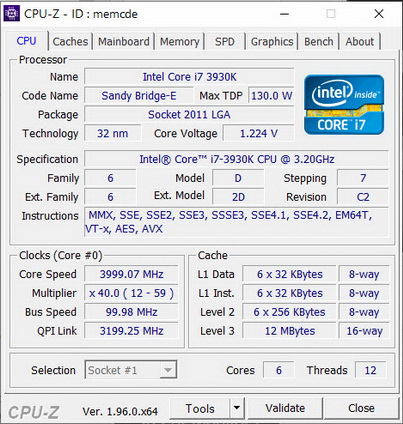

TESTING METHODOLOGY
Testing complete water cooling kits or individual radiators is no different than testing CPU Coolers and since i want all of you to be able to compare similar products, i created new and separate charts (you can still cross-compare results however since we are using the same test rig). So once again single (120/140mm) watercooling solutions are tested with the radiator mounted at the rear of the test rig while dual/triple/quad (240/260/280/360/420/480/560mm) solutions with the radiator mounted at the top. For the dBA tests complete water cooling kits or radiators with bundled fans are measured both while on idle mode or with the fan controller in the minimum setting and while on extreme load or with the fan controller all the way to the highest possible setting (PWM fans do that on their own without our intervention). Every single test takes place in a temperature controlled room of 23 degrees Celsius Ambient Temp with the help of two AC units placed diagonally inside that said room. Finally, much like when testing CPU Coolers, it's very important to point out that just because a water cooling kit outperforms another when tested with my test rig (when i test complete water cooling kits) that does not necessarily mean that the same performance differences will apply 100% for other CPU models and in other situations (such as different ambient temps and system configurations).
To successfully record the load temperatures, I’ll be using the latest OCCT application for around 6-10 minutes to push the processor to its limits and after that is done and the temperatures are recorded, I’ll wait for about 10-20 minutes for the CPU to cool down and record idle temperatures. This is done to allow time for the thermal conductive material to achieve the optimal performance level. Same procedure is then repeated with the Passmark BurnIn Test as a failsafe just in case the OCCT results are wrong. This procedure takes a lot more time than the usual peltier/thermometer tests but this way not only can i deliver real world results to all of you based on real CPUs but i can also triple check the results using a variety of programs. Last but not least the temperatures were recorded using both the latest versions of AIDA64 and RealTemp while the noise level tests (when fans exist in the bundle) are performed using a high precision ExTech HD600 Decibel Meter placed about 10-15cm above the radiator. Still although the same testing procedure applies to all units do take into consideration that unlike the official numbers which are measured in special noise isolated labs with just the fans here, we also have both the rest of the cooler and the rest of the system (although all system fans are turned off when recording noise levels).
TEST RESULTS


CONCLUSION
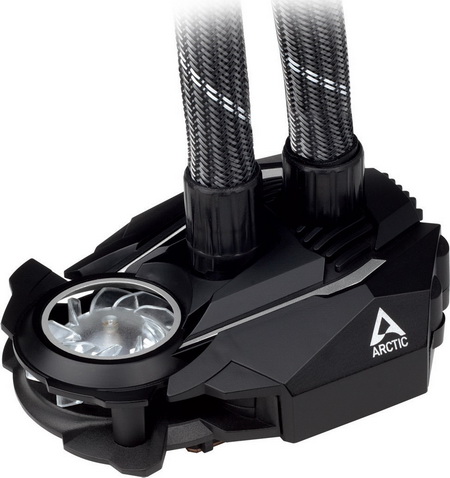
What has always impressed me about the Liquid Freezer II line of AIO by ARCTIC has not only been its cooling efficiency, the 40mm pump fan and the somewhat excellent routing of fan cables but also the fact that you just need a single 4pin connector to power both the fans and the pump. These of course stand true about the standard and RGB/A-ARGB lines so I’m really glad ARCTIC didn’t change anything else but the fans for the latter (although an RGB/A-RGB illuminated base would be a nice touch). Now as you can tell from the charts the 420 A-RGB model produced almost the same cooling results as the standard model and even though RGB/A-RGB fans are usually noisier than standard ones this wasn’t the case here (tiny difference). Overall, aside the size of this AIO (458x138x65mm) which clearly makes it compatible with only a fraction of the PC cases out there i see no other drawbacks with it so let’s move to cost.
So, just how much are you required to spend to get your very own ARCTIC Liquid Freezer II 420 A-RGB AIO? Well, currently you only need to spend USD149.99 inside the USA (Amazon.com) and 131.25Euros inside the EU (Amazon.de) so no objections from me here either. Long story short if your PC case has enough room for an 420mm radiator (458mm effective), you own a high-end CPU and your motherboard is A-RGB compatible the Liquid Freezer II 420 A-RGB model by ARCTIC represents great value for your money and for that it gets the Golden Award.

PROS
- Build Quality
- Very Good Cooling Efficiency
- Noise Levels
- ARGB Lighting (36 ARGB LEDs)
- Single 4 Pin PWM Connector (Power)
- 450mm Long EPDM Braided Tubes
- 40mm VRM Fan
- Routed Fan Cables
- 6 Year Warranty)
- Price (For Some)
CONS
- Small Copper Coldplate (For Some CPU Models)
- Size (PC Case Compatibility)

 O-Sense
O-Sense





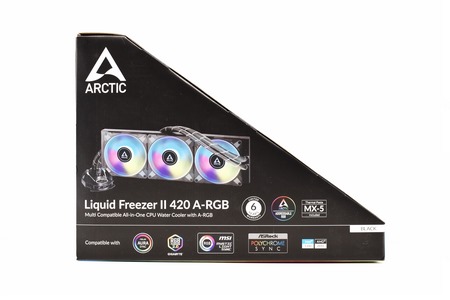
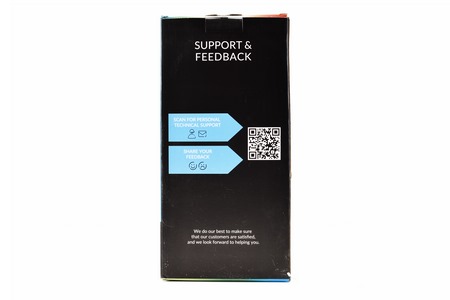
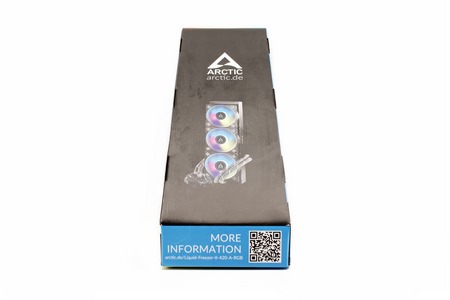
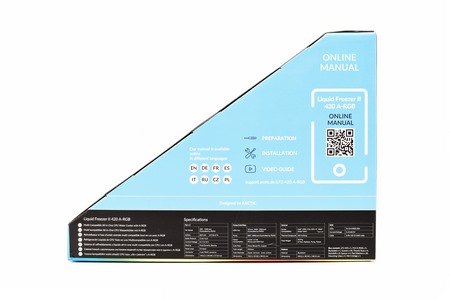
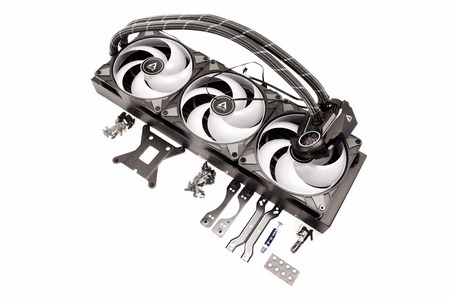
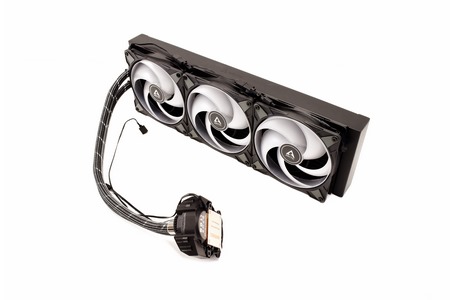
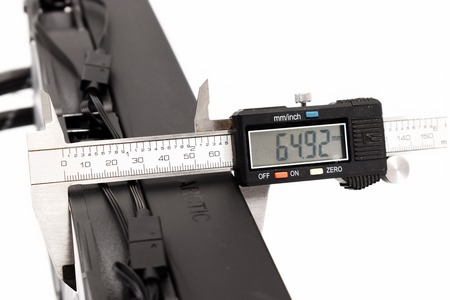
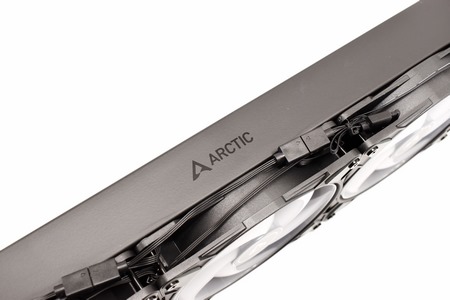
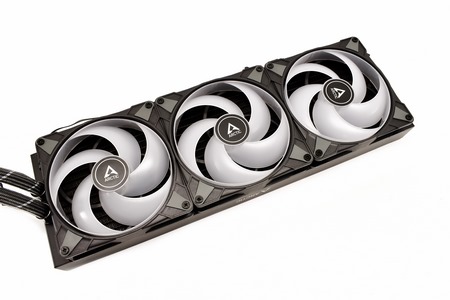
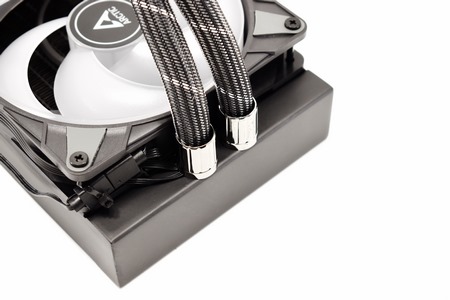
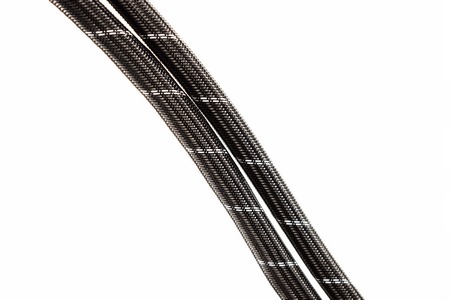
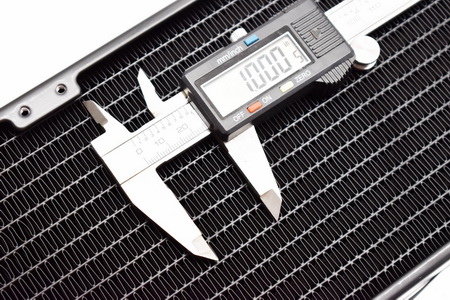
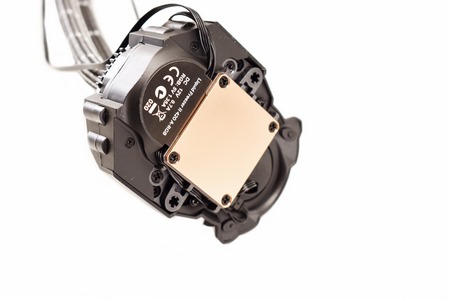


.png)

